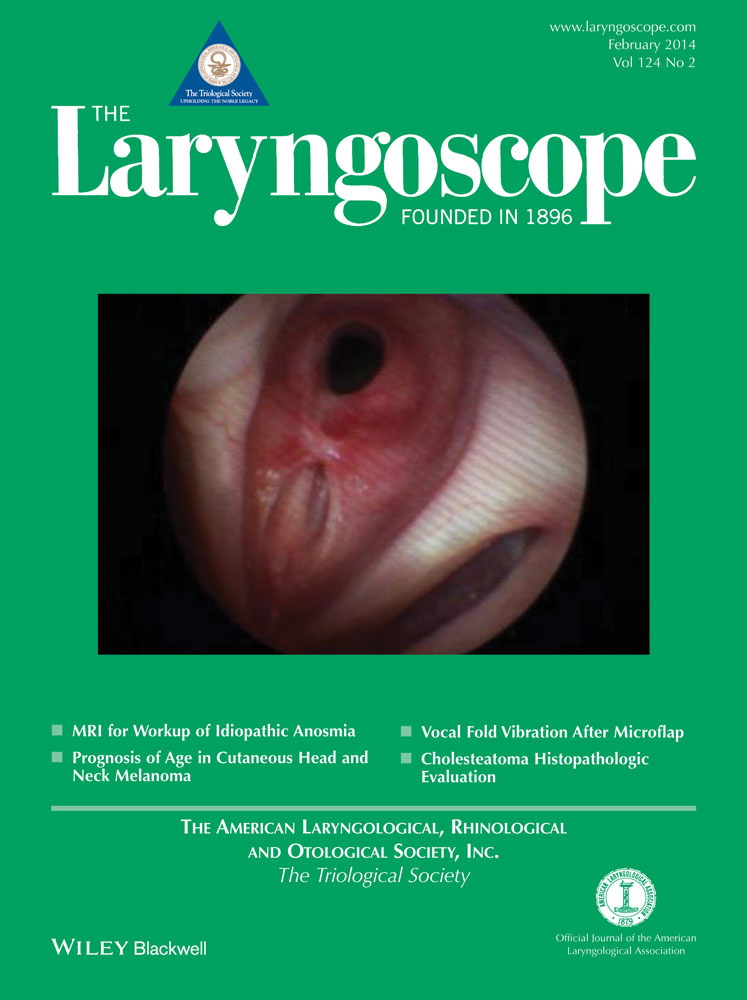Gene regulation by glucocorticoid in ENaC-mediated Na+ transport by middle ear epithelial cells
This study was supported by a faculty research grant of Yonsei University College of Medicine for 2009 (6-2009-0200) to Sung Huhn Kim, MD. The authors have no other financial relationships, or conflicts of interest to disclose.
Abstract
Objectives/Hypothesis
The epithelial sodium channel (ENaC) is a Na+ transport channel located in the apical membrane of the human middle ear epithelium. Although ENaC-mediated sodium transport has been reported to be upregulated by dexamethasone in human middle ear epithelium, there has been no study of the downstream pathways for increased ENaC expression mediated by glucocorticoids in this tissue. We investigated the effect of dexamethasone on the expression of ENaC and glucocorticoid regulatory genes for ENaC expression in human middle ear epithelial cells (HMEECs).
Study Design
In vitro investigation.
Methods
Real-time RT-PCR and Western blot analysis were used to determine the expression level of ENaC and its regulatory genes in HMEECs.
Results
The transcript and protein expression of the α-, β-, and γ-ENaC subunits were all upregulated by dexamethasone (100 nM) in HMEECs. Dexamethasone treatment also increased the transcript expression of serum/glucocorticoid-regulated kinase1 (SGK1) and neural precursor cell-expressed developmentally downregulated (Nedd) 4-2, and decreased the transcript expression of 11β-hydroxysteroid dehydrogenase type 1 (11β-HSD1). ENaC transcript expression was not changed after mifepristone (a glucocorticoid antagonist, 100 nM) + dexamethasone treatment when compared to the control, but increased after spironolactone (a mineralocorticoid antagonist, 100 nM) + dexamethasone treatment.
Conclusions
These findings indicate that dexamethasone increases the transcript and protein expression of the α-, β-, and γ-ENaC subunits via the GR-SGK1-Nedd4-2 pathway and provides insight into the molecular mechanism of the increased sodium transport mediated by ENaC with steroid treatment in HMEECs.
Level of Evidence
N/A. Laryngoscope, 124:E27–E33, 2014




